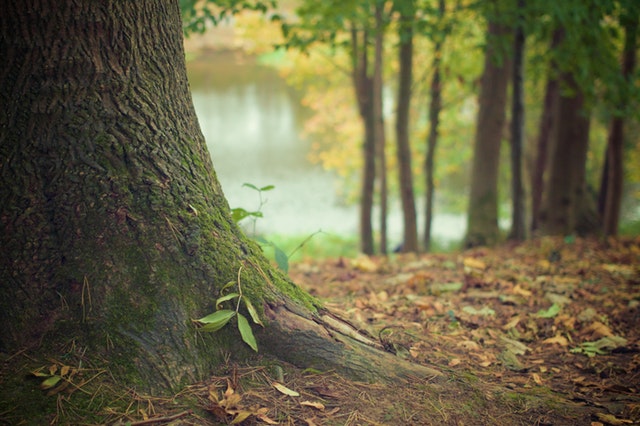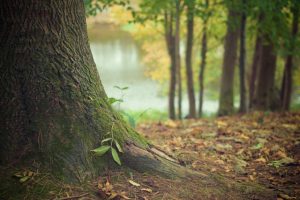Tips for Tree Pruning

What is tree pruning and what’s its use?
Tree pruning is a practice including the elimination of certain areas of the tree like branches, roots or buds to enhance the structural base, preserve health, improve aesthetic appeal, enhance value and decrease danger from falling branches.
Who’s capable of prune trees?
Pruning trees can be a dangerous and a challenging endeavour and require proper tools, occasionally cranes for hire and appropriate strategies to execute the task in the best way possible. Simple pruning, like cutting lower branches may be carried out by anyone however only a qualified arborist could perform the work suitably. This is only because pruning requires appropriate knowledge on processes, security practices and to understand the tree physiologies, in addition to working experience with different advanced tools and tree species.
Accredited Arborists also stick to the federal safety regulations and care about the security and health of their trees. Hiring professional arborists from tree cutting companies is also a cost-effective alternative, since they possess the knowledge and resources to not only effectively prune the trees but provide good tree maintenance advice.
General tree trimming hints
- It’s always best to prune trees through a dormant season, but if you find any dead, decaying or dangling branches, prune immediately in spite of the season.
- Be cautious about the size of the branch which is to be cut. When it is less than 5cm in diameter, then eliminating it’s fine. If the branch diameter is in between 5-10cm, then it needs to be taken out with a professional arborist.

- Branches with weak, V-shaped and narrow angles just ought to be trimmed. Never get rid of the branches which have powerful, u-shaped angles.
- Attempt pruning the branches when they’re young since it’s far simpler to handle young branches and the chance of leaving horrible scars is significantly reduced.
- The branches shouldn’t be trimmed too near or too far apart from the collar and don’t leave a massive stub or eliminate the branch collar.
- Some of these taller trees need more powerful tools and some of the largest cranes. These trees must be left for professional arborists.
Kinds of pruning methods
- Crown Thinning — It’s a selective removal of branches to improve penetration of light and air movement across the face of a tree. This is done in order to maintain a tree’s structure and shape. Crown thinning ought to be performed by removal of branches from across the crown and render a dose that is balanced. No more than 30 percent of the foliage ought to be removed at one moment, it is important to prevent unnecessary tension and protect against excessive generation of epicormic sprouts.
- Crown Raising/Lifting — This is the elimination of the branches in the base of the tree crown to offer clearance for buildings, vehicles, pedestrians, or to create a transparent stem for lumber production. This should be accomplished by elimination of branches to minimize stress to the tree. The tree crown shouldn’t be raised to 1/3rd of their general tree height. On young trees, temporary branches ought to be kept along the stem to promote tapering and protect trees from sunscald. These branches must be pruned every year to slow down the development.
- Crown Reduction/Reshaping — This kind of pruning is most frequently used if a tree has become too big for its allowed space. The crown of this tree is made smaller by removing the foliage leading to a more natural appearance and minimize strain on the tree and can also be called drop crotch pruning. A fantastic reduction will render the tree with a solid framework of big branches, which affirms the branches and twigs effective at generating dense foliage in another season.
- Crown Clean — This is the elimination of undesirable material at the crown of the tree and might incorporate a crown thinning. It features the elimination of climbing plants, foreign objects (older tree homes, shopping trolleys etc.) and parasitic plants in the area and by the top of their trees.
- Pollarding— It’s a normal kind of pruning in which particular tree species have been pruned to Pollard heads in the dormant season. It’s repeatedly pruned to the exact same point developing a pollard knuckle. This technique may work for only specific species of trees. Your arborist ought to have the ability to advise you on this and clarify the management regime which will be needed later.
The above-mentioned strategies and techniques can help you in choosing appropriate maintenance and keep your trees with their aesthetic appeal.



